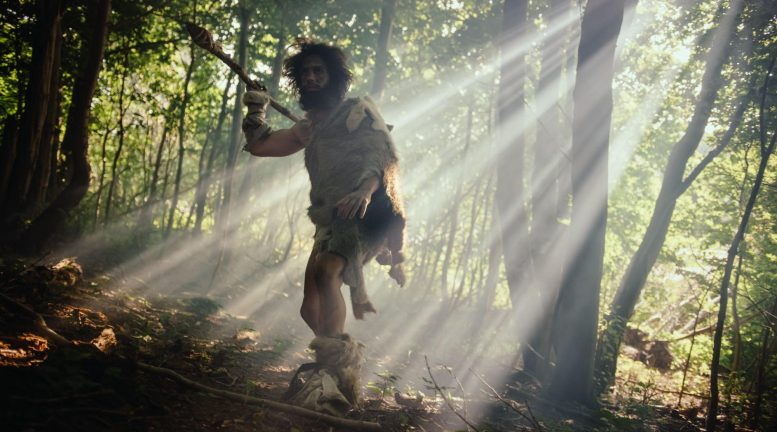
A new study demonstrates that the atlatl (spear thrower) functions as an equalizer in projectile velocity between males and females, suggesting women’s active role in prehistoric hunting. The findings, backed by experiments involving 108 participants, challenge traditional beliefs of gendered roles in ancient hunting and propose that women might have been the inventors of the atlatl.
The experimental study was led by Kent State archaeology professors.
A new study led by Archaeologist Michelle Bebber, Ph.D., an assistant professor in Kent State University’s Department of Anthropology, has demonstrated that the atlatl (i.e. spear thrower) functions as an “equalizer”, a finding which supports women’s potential active role as prehistoric hunters.
Bebber co-authored a recent paper published in the journal Nature: Scientific Reports. Her co-authors include Metin I. Eren and Dexter Zirkle (a recent Ph.D. graduate) also in the Department of Anthropology at Kent State, Briggs Buchanan of University of Tulsa, and Robert Walker of the University of Missouri.
The atlatl is a handheld, rod-shaped device that employs leverage to launch a dart and represents a major human technological innovation used in hunting and warfare since the Stone Age. The first javelins are at least hundreds of thousands of years old; the first atlatls are likely at least tens of thousands of years old.
“One hypothesis for forager atlatl adoption over its presumed predecessor, the thrown javelin, is that a diverse array of people could achieve equal performance results, thereby facilitating inclusive participation of more people in hunting activities,” Bebber said.
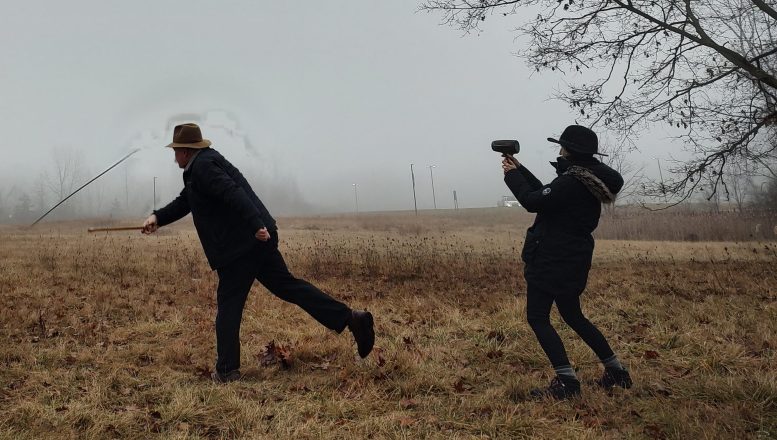
Atlatl experiment on the Kent Campus with Bob Berg of Thunderbird Atlatl. Michelle Bebber is holding the radar gun. Credit: Metin I. Eren
Bebber’s study tested this hypothesis via a systematic assessment of 2,160 weapon launch events by 108 people, all novices, (many of which were Kent State students) who used both javelins and atlatls. The results are consistent with the “atlatl equalizer hypothesis”, showing that the atlatl not only increases the velocity of projectile weapons relative to thrown javelins but that the atlatl equalizes the velocity of female- and male-launched projectiles.
“This result indicates that a javelin to atlatl transition would have promoted a unification, rather than division, of labor,” Bebber said. “Our results suggest that female and male interments with atlatl weaponry should be interpreted similarly, and in some archaeological contexts females could have been the atlatl’s inventor.”
“Many people tend to view women in the past as passive and that only males were hunters, but increasingly that does not seem to be the case,” Bebber said. “Indeed, and perhaps most importantly, there seems to be a growing consilience among different fields – archaeology, ethnography, and now modern experiments – that women were likely active and successful hunters of game, big and small.”
Since 2019, every semester Bebber takes her class outside to use the atlatl. She noticed that females picked it up very easily and could launch darts as far as the males with little effort.
“Often males became frustrated because they were trying too hard and attempting to use their strength to launch the darts,” Bebber said. “However, since the atlatl functions as a simple lever, it reduces the advantage of male’s generally greater muscle strength”.
“Given that females appear to benefit the most from atlatl use, it is certainly within the realm of possibility that in some contexts females invented the atlatl,” Bebber said. “Likewise, in some primate species, females invent tool technologies for hunting as documented amongst the Fongoli chimpanzees.”
Reference: “Atlatl use equalizes female and male projectile weapon velocity” by Michelle R. Bebber, Briggs Buchanan, Metin I. Eren, Robert S. Walker and Dexter Zirkle, 16 August 2023, Scientific Reports.
DOI: 10.1038/s41598-023-40451-8
The study was funded by the National Science Foundation.

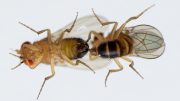
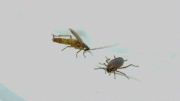

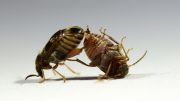

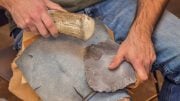

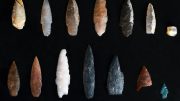
I won’t question the quality of such anthropological studies–however, “One cannot choose but wonder…” at the possible motivations of academics these days.
Wishful thinking
Woke “Science” on display here LOL.
Todays “Science” is seemingly influenced by personal beliefs and bias more than ever before.
Next she would have us believe that children, who were smaller and weaker than adult males, similarly participated in hunting large, dangerous animals after the invention of the atlatl. I think that there is more evidence that women and children hunted small game like rodents, using a throwing stick or boomerang, and birds using a small bow and small arrow with ‘bird points.’
The flaw in the experiment design was depending on novices. While the atlatl may have provided advantages that enhanced the speed of the dart launched by women and children, I suspect that once the stronger males mastered the device, they were still going to be more effective than women because of their longer limbs and greater strength. That means they could stand off a safer distance and/or take on larger animals. I think that the conclusions are colored by envy.
You know the next thing you will find they invented the crossbow to shoot the arrow further, and gunpowder to throw the rock or ball further all into ad nauseam.
what is the aboriginal culture about menstruation ?